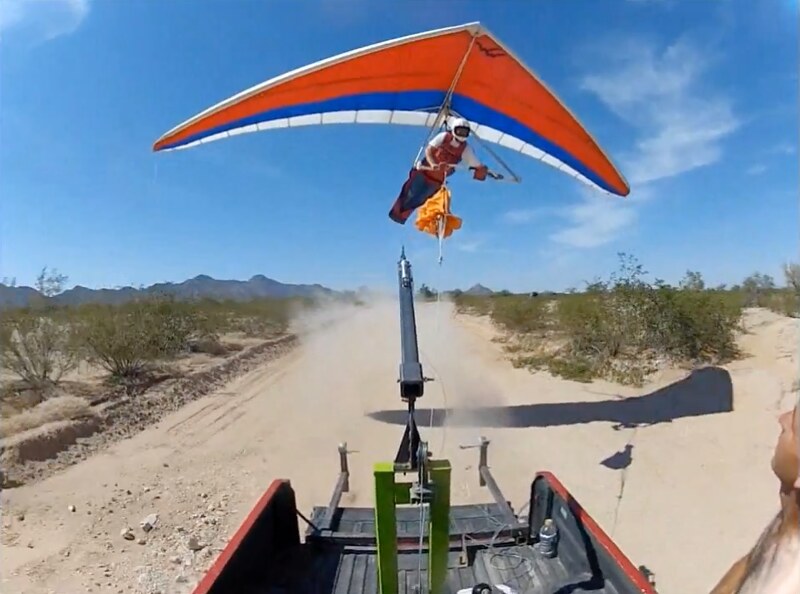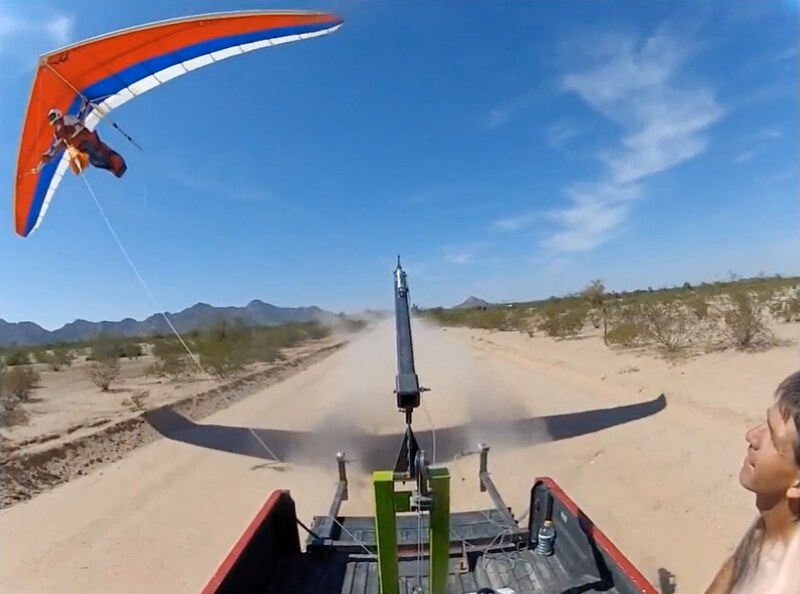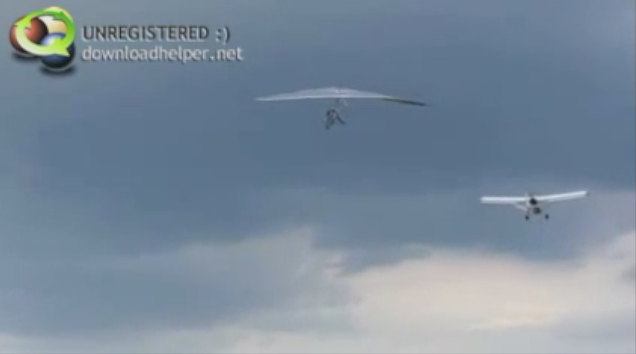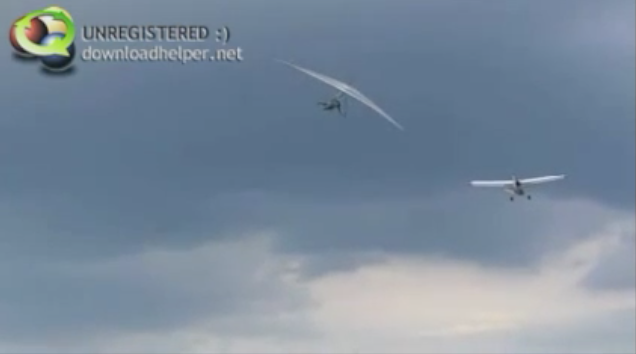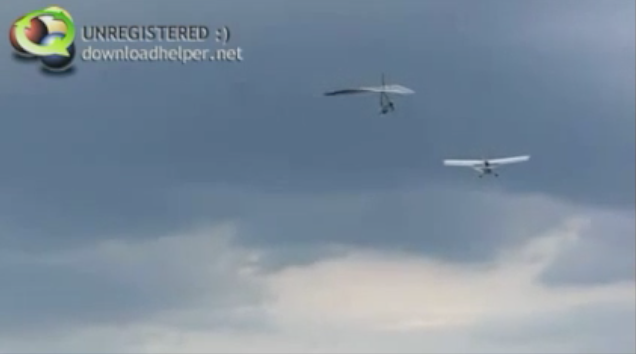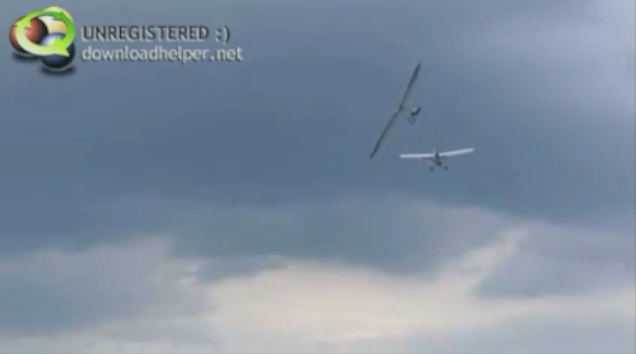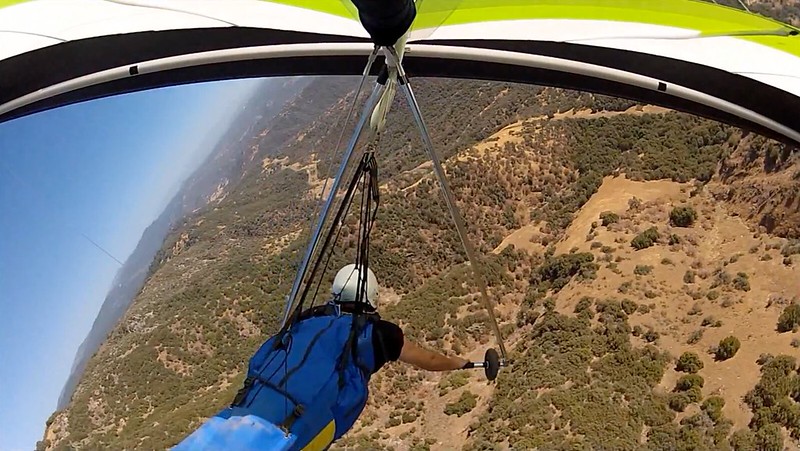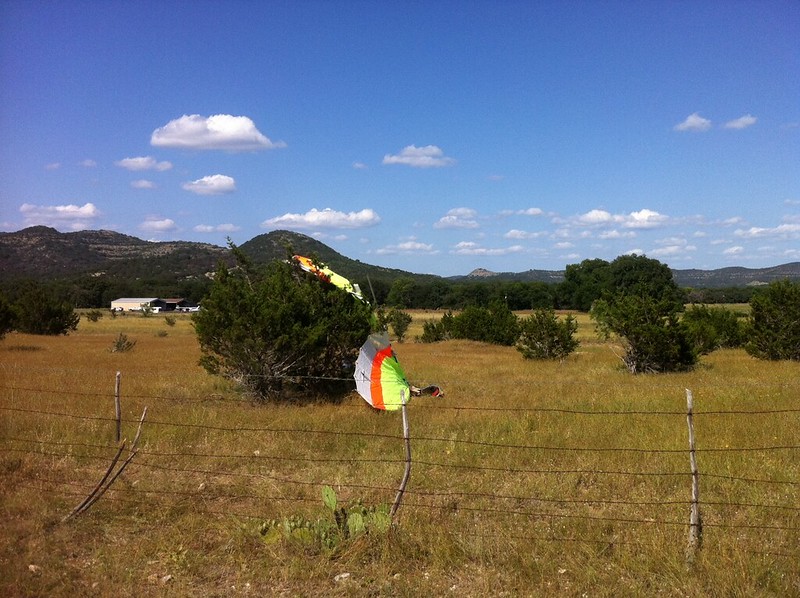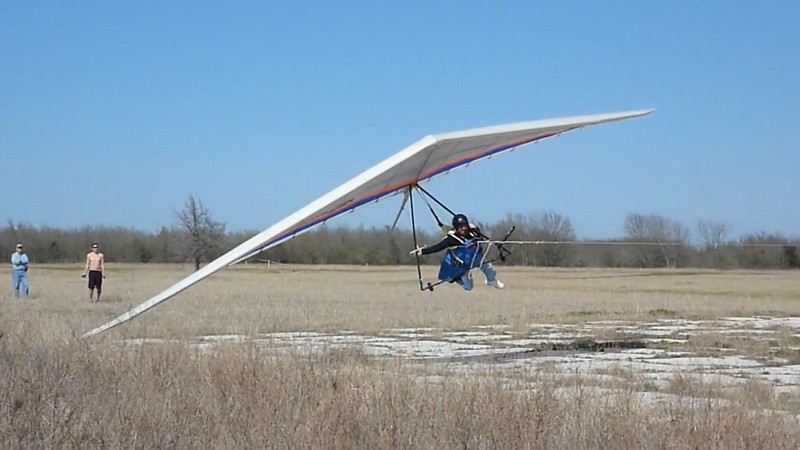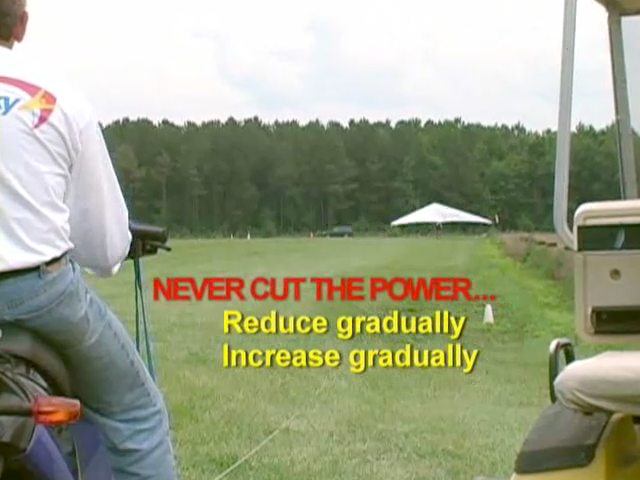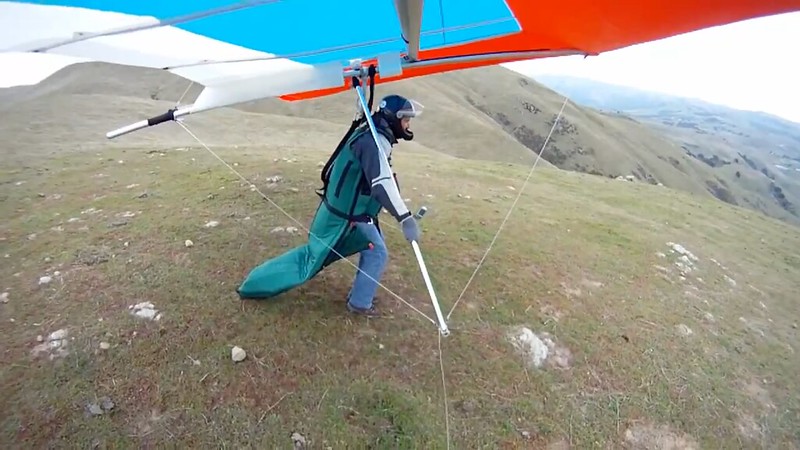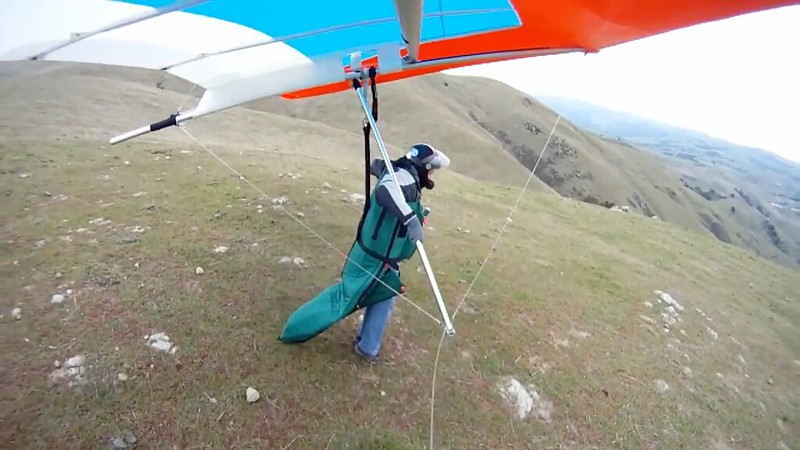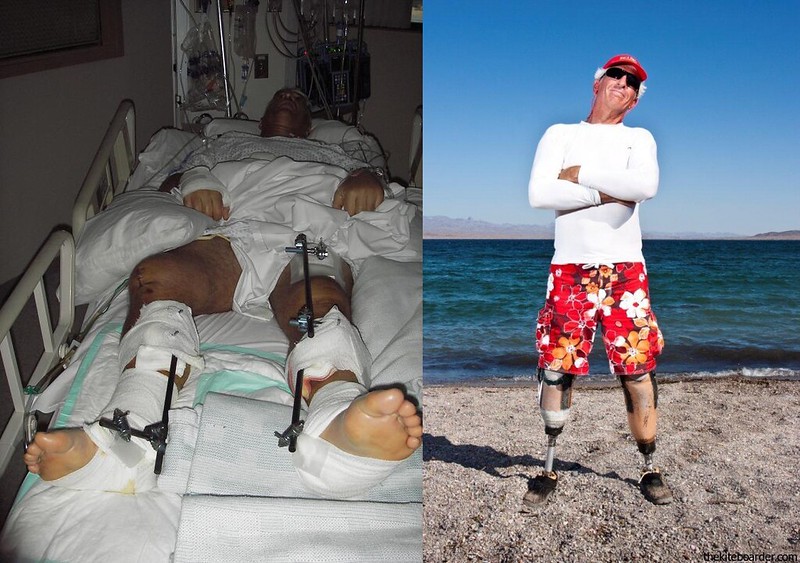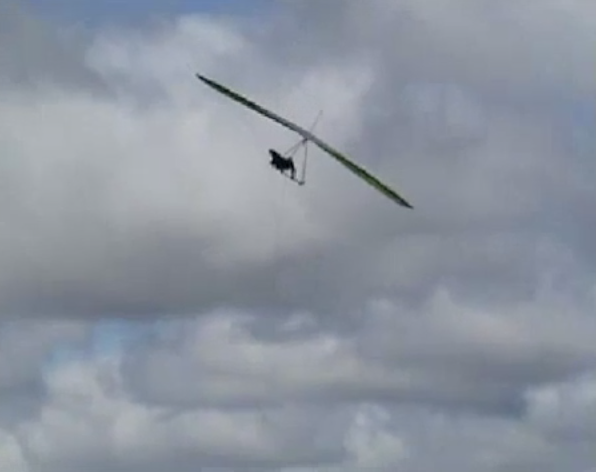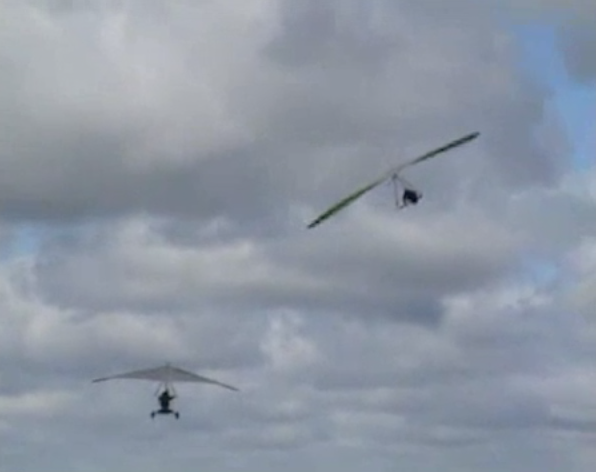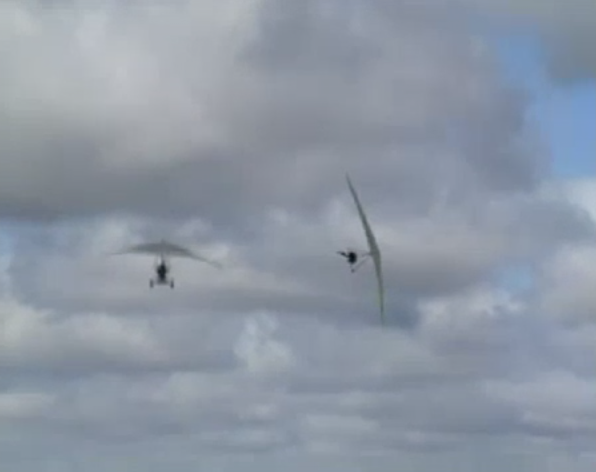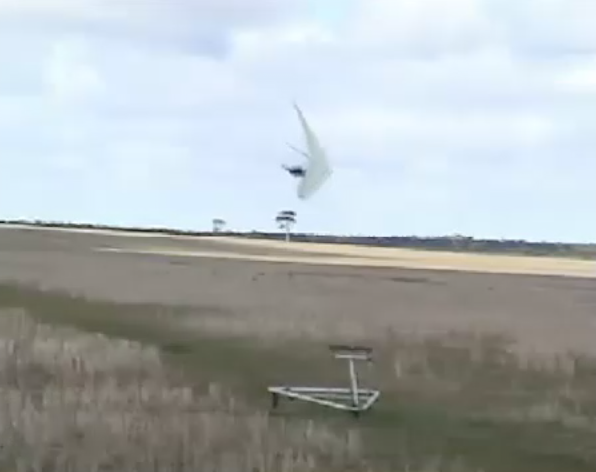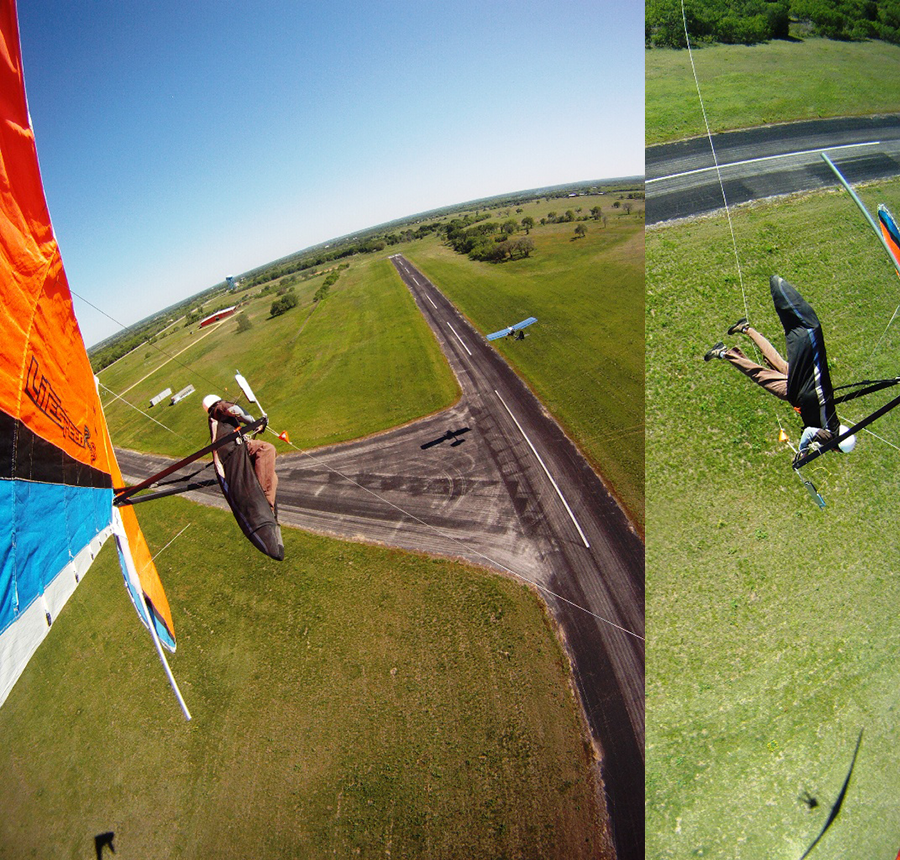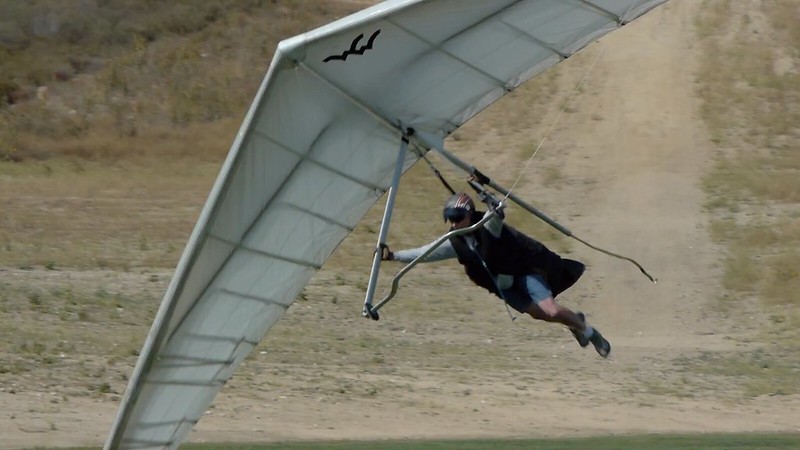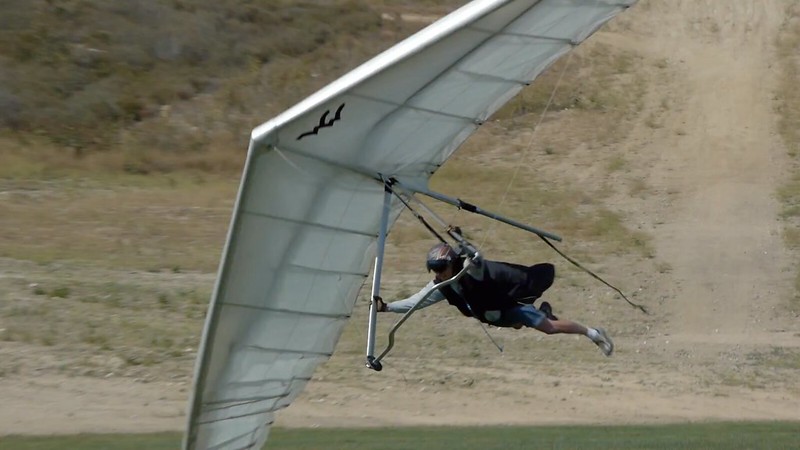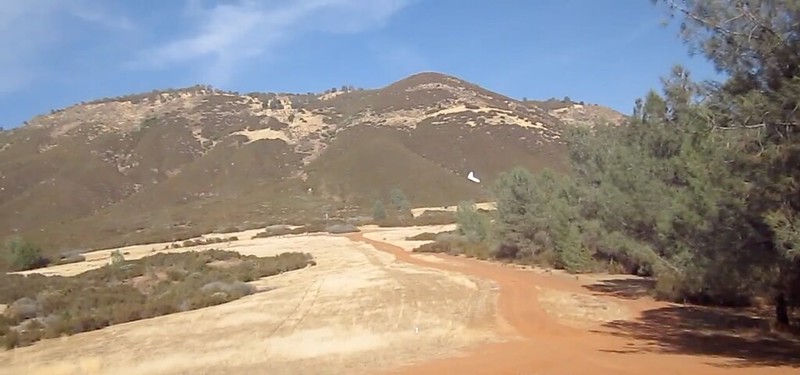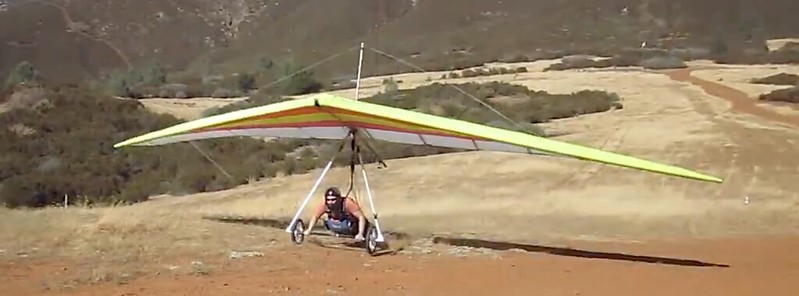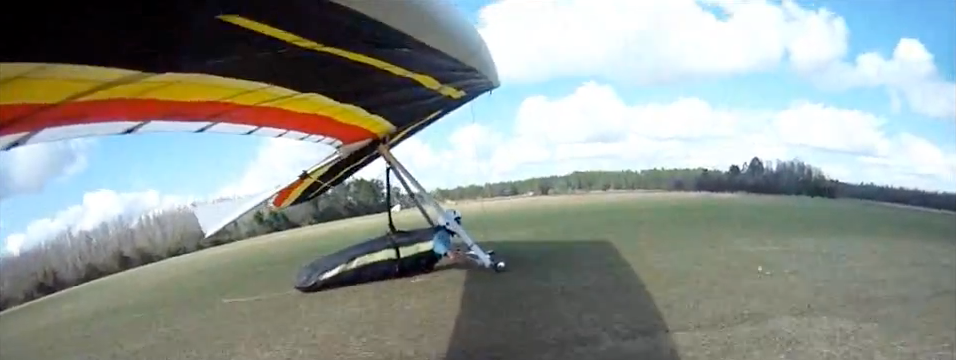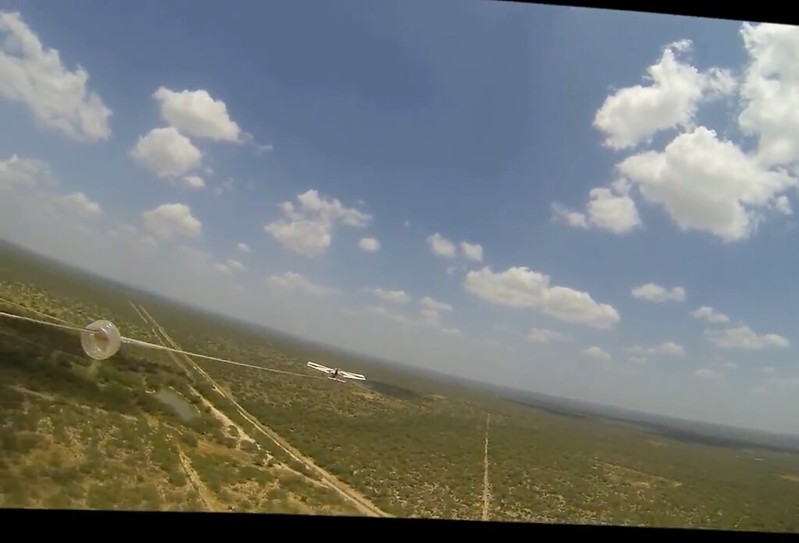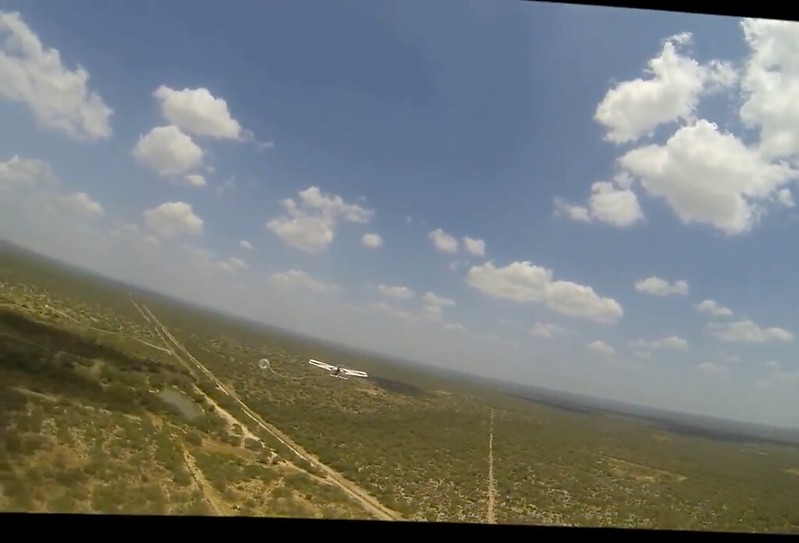MORE TENSION - Brian Fotheringham / Michael Robertson
Don't we need the permission of the dickhead at the other end of the string? What if we were to use a straight pin barrel release and find out that it was difficult to close over a thick rope with no weak link on the end?The Weak Link (revisited)
Once you've advanced your towing to the point where you're doing full field length tows and landing back at launch, you should be responsible for all aspects of your flight.
The Hewett instituted light form of weak link?That includes the weak link mentioned earlier.
And the list of things that can go wrong and cause it to break to increase our safety is truly amazing - it would fill a book. And the downside of having a weak link break when nothing's going wrong or the glider's climbing hard in a near stall situation can be summed up in a single word - inconvenience. Pretty damn good cost/benefit ratio, don't ya think?The purpose of the weak link is to break if something goes wrong during the tow to increase your safety.
So if the tension increases to the point at which the weak link will break the weak link will break? Is that just for Canada or does it work that way in the US as well?Examples of things that can break it are surges from the winch, too much tension...
Fascinating....a tangle in the line or a wear from use.
Which, we've just established, is to increase our safety.In order to keep the weak link doing its job...
Because there's a limit to the degree our safety should be increased....it should be replaced regularly.
Obviously. If it's worn it won't do it's job as effectively.It's the pilot's responsibility to check the weak link before each flight.
Don't worry. We've been told for over three decades that it's there for our safety - we won't forget. (We need to get told to remember a lot because when we're watching or experiencing what the Hewett instituted light form of weak link ACTUALLY DOES we always find the precise opposite to be the case.If the weak link shows any fraying or has been put through several full tension tows, replace it. Remember it is there for your safety...
http://www.youtube.com/watch?v=VYe3YmdIQTM...and is extremely cheap...
And we should be sure to make arrangements for somebody else to replace it......so don't be cheap about replacing it!
http://4.bp.blogspot.com/-bRrpHNa68iY/UQ6Pv9gRZyI/AAAAAAAAjTg/Hc22bx5122Q/s2048/20943781_BG1.jpg

...just in case it increases our safety to the point that we lose consciousness on the runway and fail to survive the ambulance ride to shock trauma.
Oh hell...Mind you, only use a six to twelve inch piece, and only to make weak links - running out at 2:00 pm in the afternoon can ruin everyone's day. Even though you can buy mason line at any hardware store, it's a little inconvenient to drop everything and go a-shoppin'.
http://ozreport.com/forum/viewtopic.php?t=24846
Is this a joke ?
What's a bit of inconvenience when our safety is being increased?Jim Rooney - 2011/08/28 19:39:17 UTC
Weak links break for all kinds of reasons.
Some obvious, some not.
The general consensus is the age old adage... "err on the side of caution".
The frustration of a weaklink break is just that, frustration.
And it can be very frustrating for sure. Especially on a good day, which they tend to be. It seems to be a Murphy favourite. You'll be in a long tug line on a stellar day just itching to fly. The stars are all lining up when *bam*, out of nowhere your trip to happy XC land goes up in a flash. Now you've got to hike it all the way back to the back of the line and wait as the "perfect" window drifts on by.
I get it.
It can be a pisser.
But the "other side"... the not cautions one... is not one of frustration, it's one of very real danger.
Better to be frustrated than in a hospital, or worse.
No exaggeration... this is the fire that the "other side" is made of. Best not to play with it.
Yeah motherfucker? WHY is the idea to match the pilot and glider weight roughly to the breaking strength of the weak link? What predictions can you make about what happens to the glider after a weak link roughly matched to the pilot and glider weight blows?The idea is to match the pilot and glider weight roughly to the breaking strength of the weak link.
Yeah, you really need extra light weak links for beginners...As a general rule, solo flights will use four to six strands of weak link, tandems use eight strands and beginners and paragliders use four.
http://www.youtube.com/watch?v=IjncKQ02FJ8
http://www.youtube.com/watch?v=VYe3YmdIQTM
...to keep them from pitching up too much and paragliders...
http://www.paraglidingforum.com/viewtopic.php?t=28641
Weak links in towing paragliders with pay out winch
...from getting their necks too severely broken.Aart de Wachter - 2009/12/01 19:08:56 UTC
In The Netherlands only static winches are used. Every now and then the cable brakes. This is no problem when you're fifty meters high, but below that a cable or weak link break can be disastrous. The worst we had was somebody breaking his neck after a cable failure at twenty meters.
No, I picked that up a long time age. The math skills of most of the assholes who run these shows are limited to the single digit range and bench testing is strongly discouraged because lab conditions cannot completely include all the factors and variability that exist in the big, real world - so we tend to shy away from pounds.From that, you might pick up that weak links are generally referred to as a number of strands.
Yeah, that sounds really inconvenient. But at least it's not dangerous - like, say a rope break...Learn to replace the weak link and remember to check it before each flight. It's much quicker to put a new weak link on than launch, have it break, land half way down the field, walk back and then put on a new one!
...or...Manned Kiting
The Basic Handbook of Tow Launched Hang Gliding
Daniel F. Poynter
1974
"The greatest dangers are a rope break or a premature release." - Richard Johnson
http://vimeo.com/48762486
...premature release.
Yeah, if you forget to fly the glider...In the off-chance the weak link does break when you're towing, remember to fly the glider first.
0:50
http://www.youtube.com/watch?v=JR_4jKLqrus
...things could get a little ugly.
But don't forget to...If you have a fair bit of altitude, the nice thing to do is grab hold of the bridle, keep it in your hand and remove it from your release.
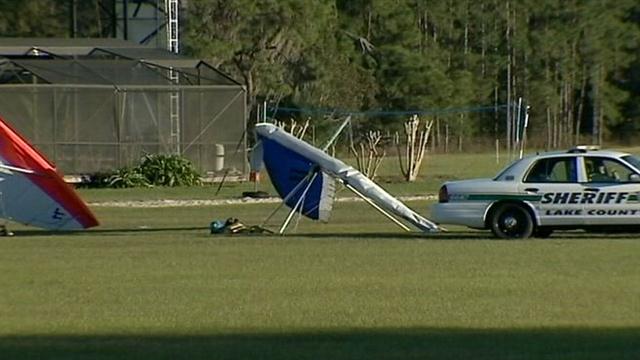
...keep flying the glider.
Thanks for pointing that out. That sounds like it could be really dangerous.Then, fly back over launch and drop it so that another pilot can use it. An even nicer thing to do is use a little common sense and drop it near launch, not on it! Considering how much damage a penny can do when dropped from a good height, chances are that a plummeting bridle will wreck a fair amount of havoc on gliders or pilots on the ground if it happens to hit one of them.
http://www.youtube.com/watch?v=Ba_rO_VAhGk
And congratulations on getting all the way through that section without using the word "stall".


